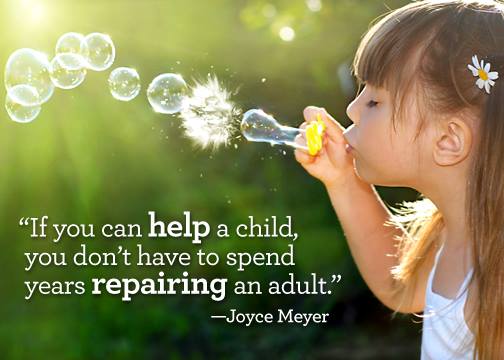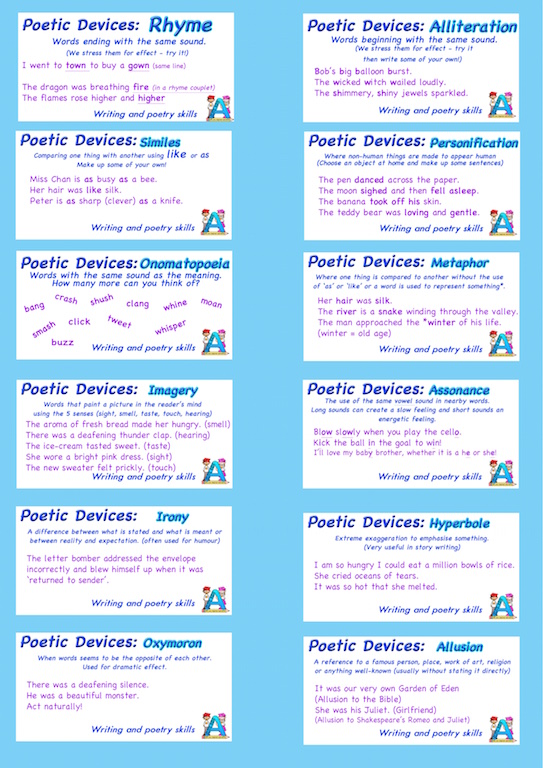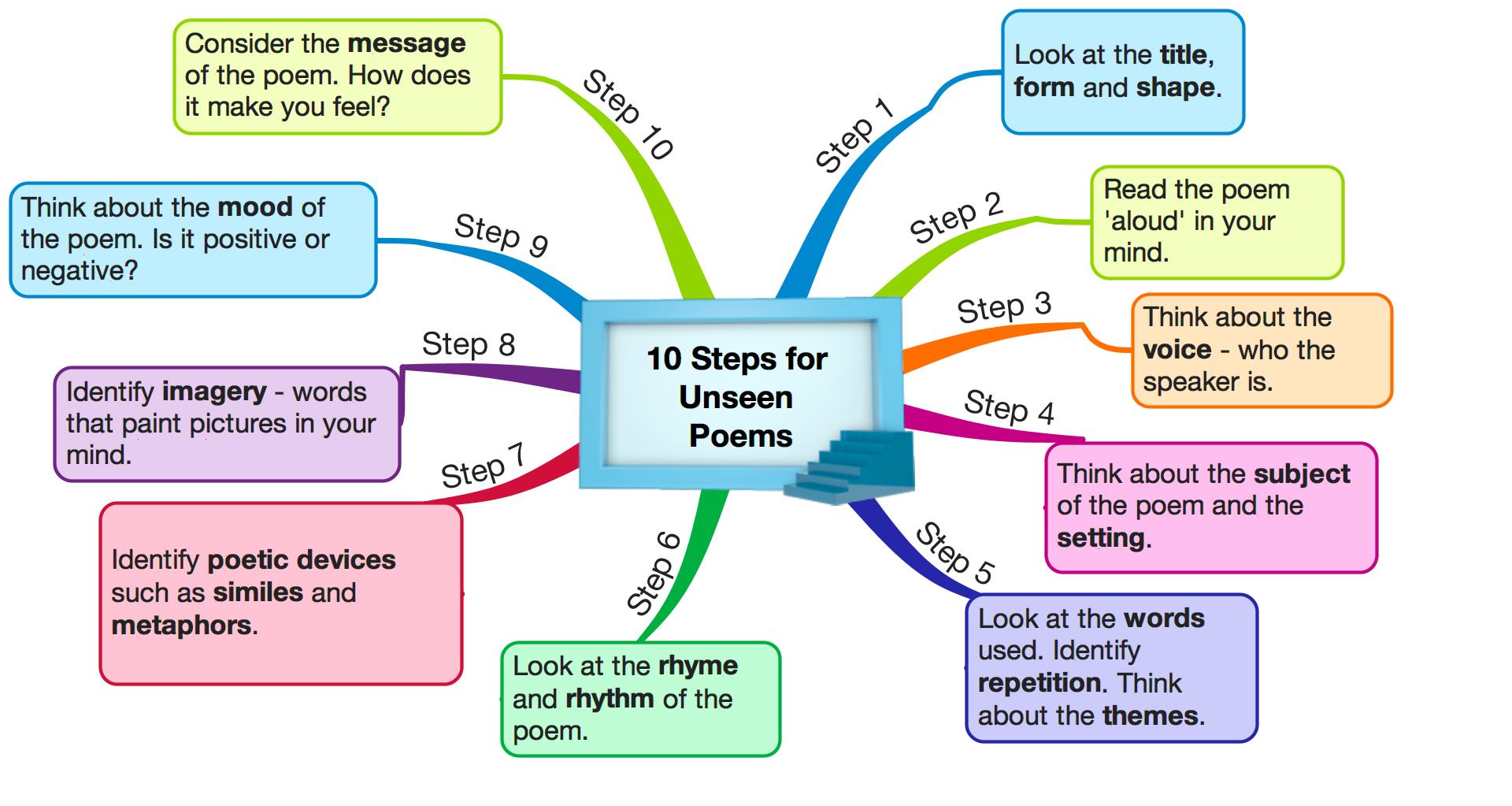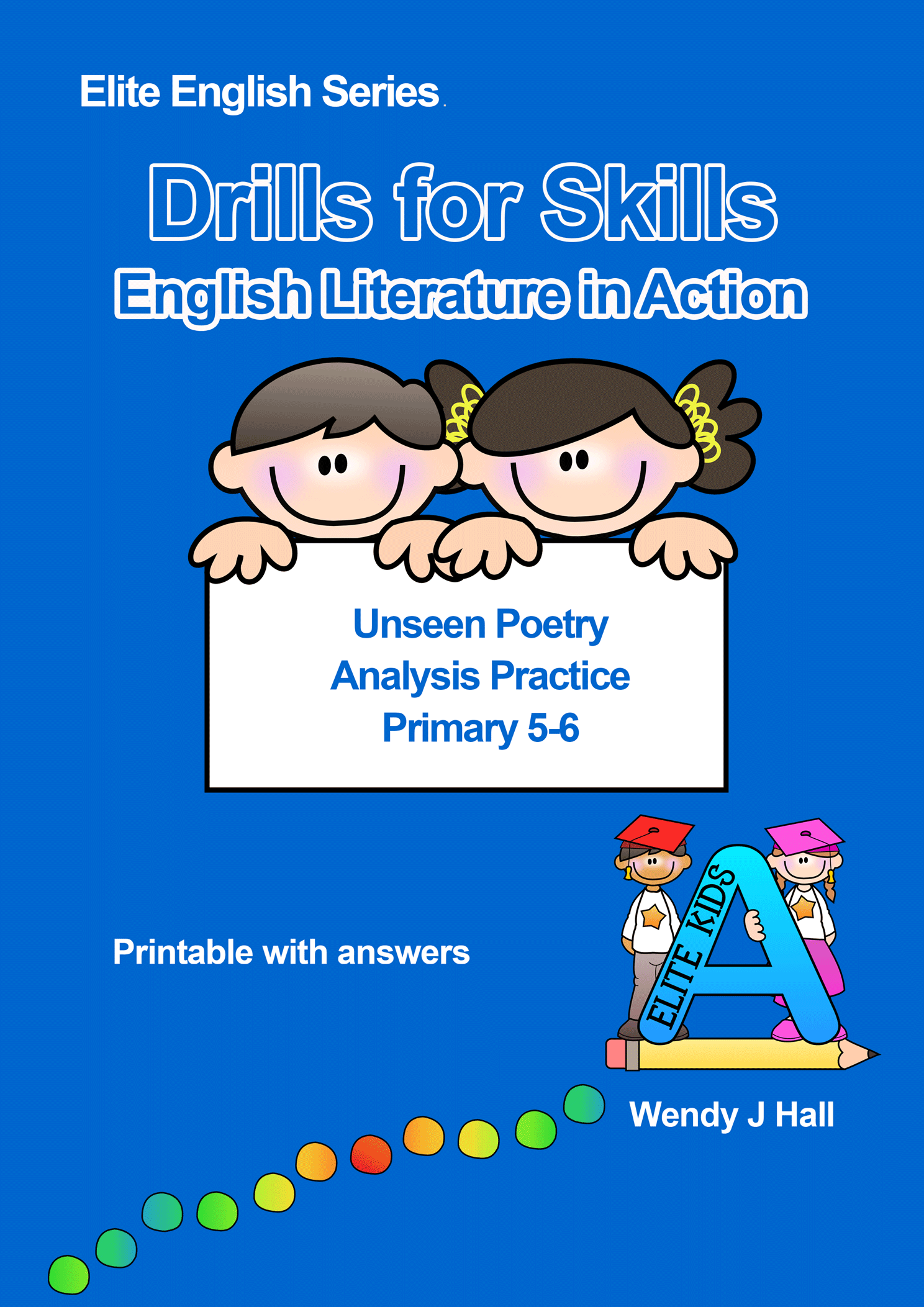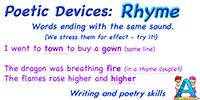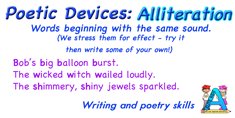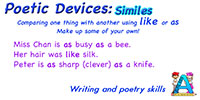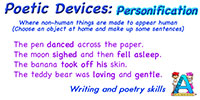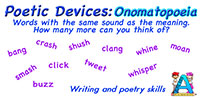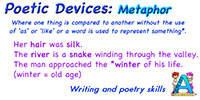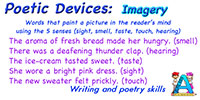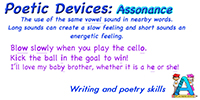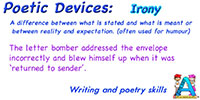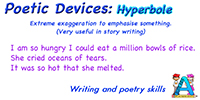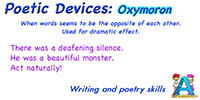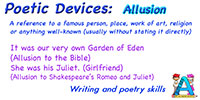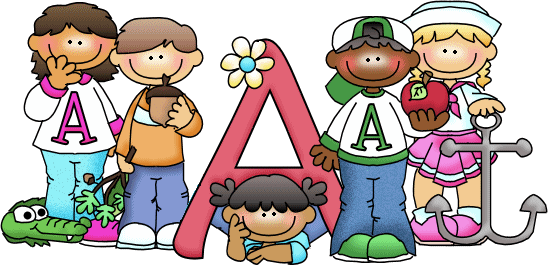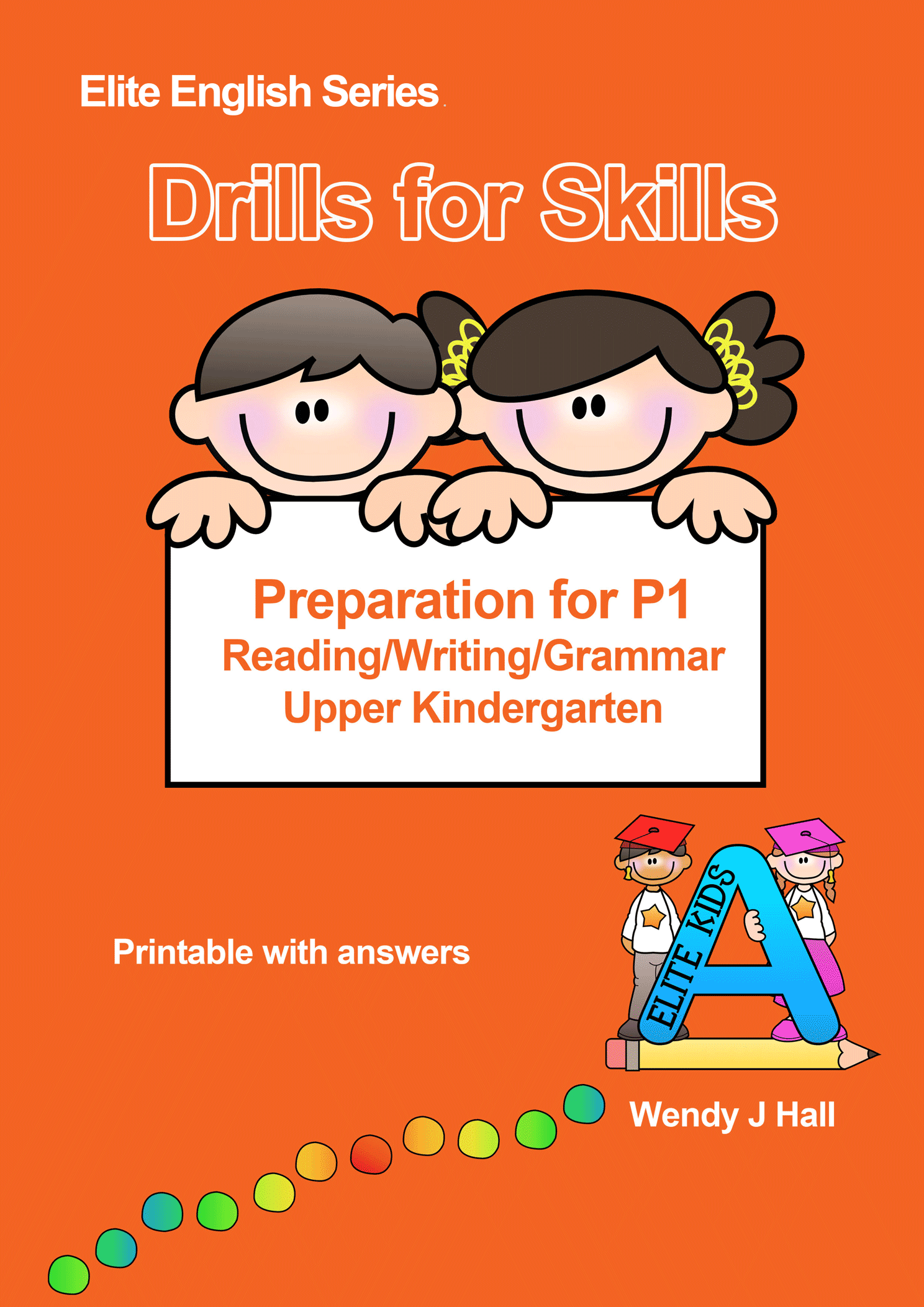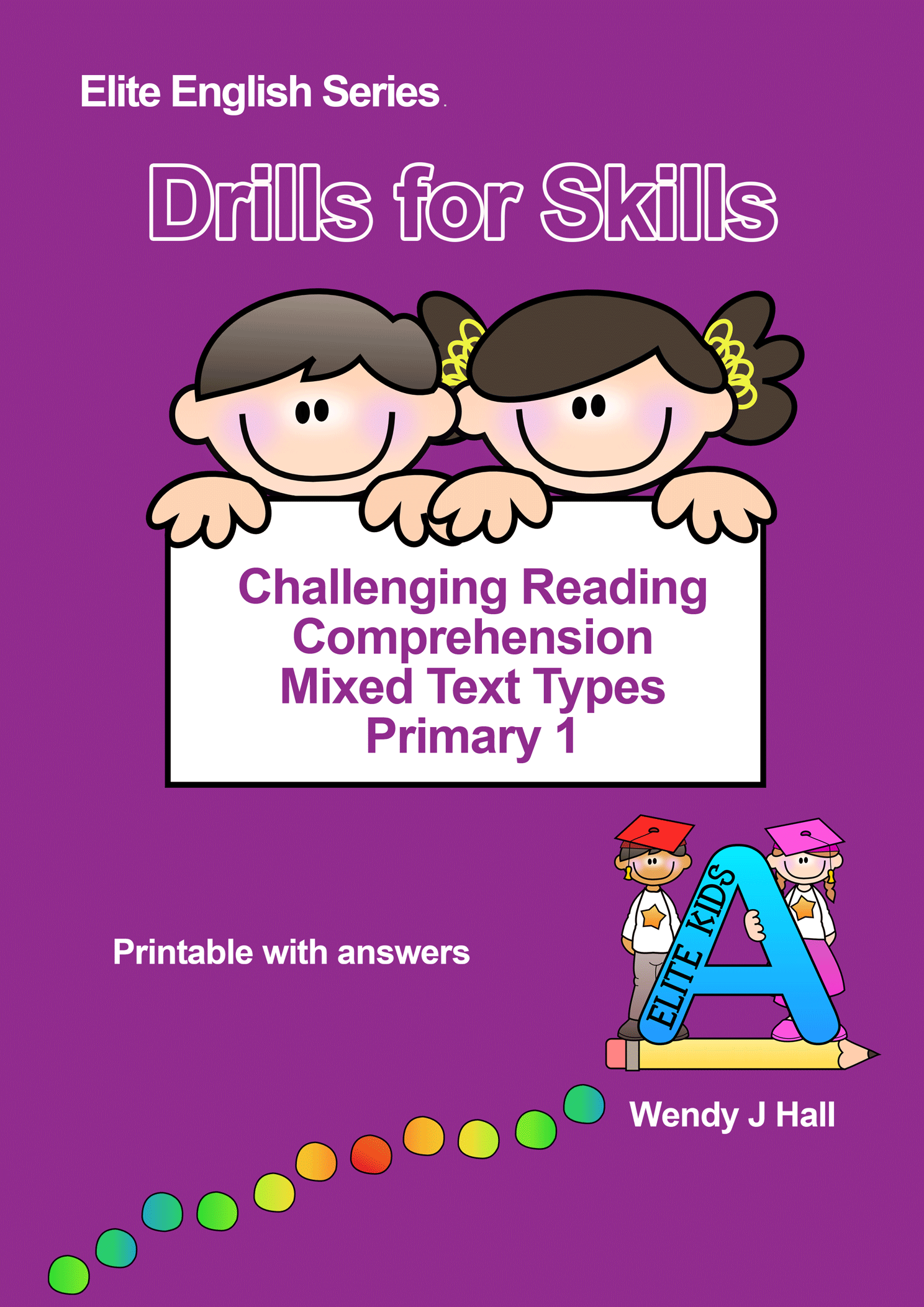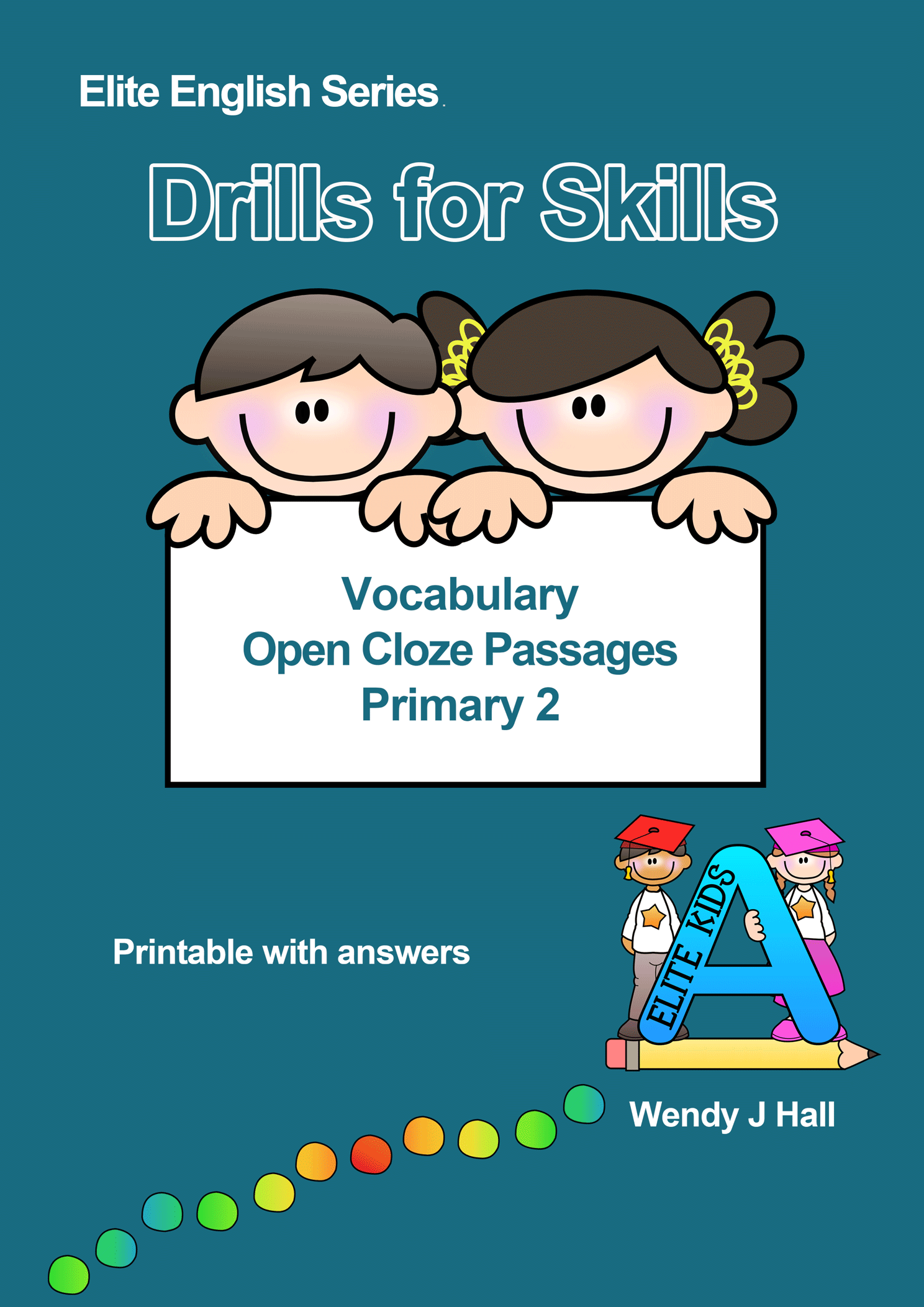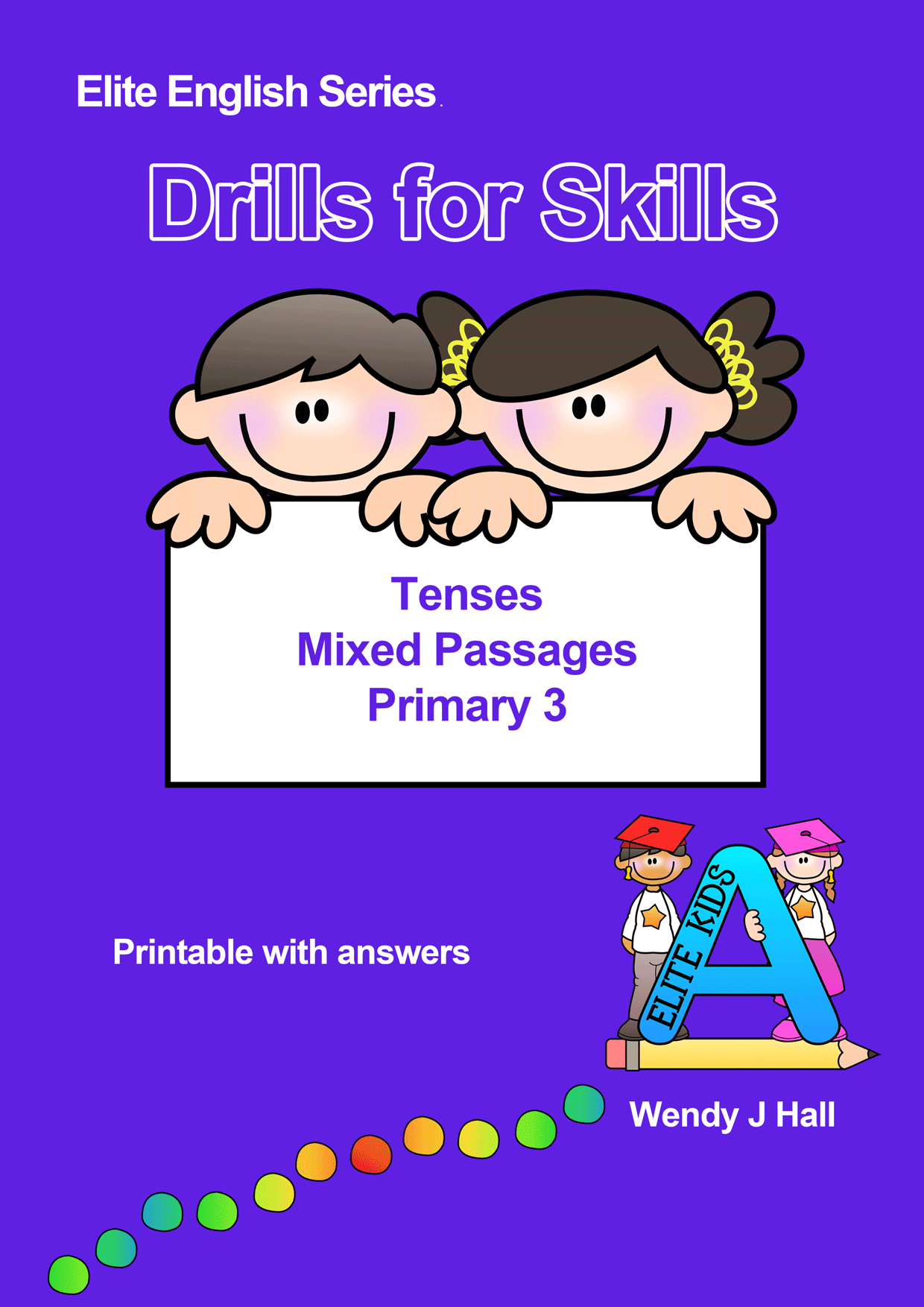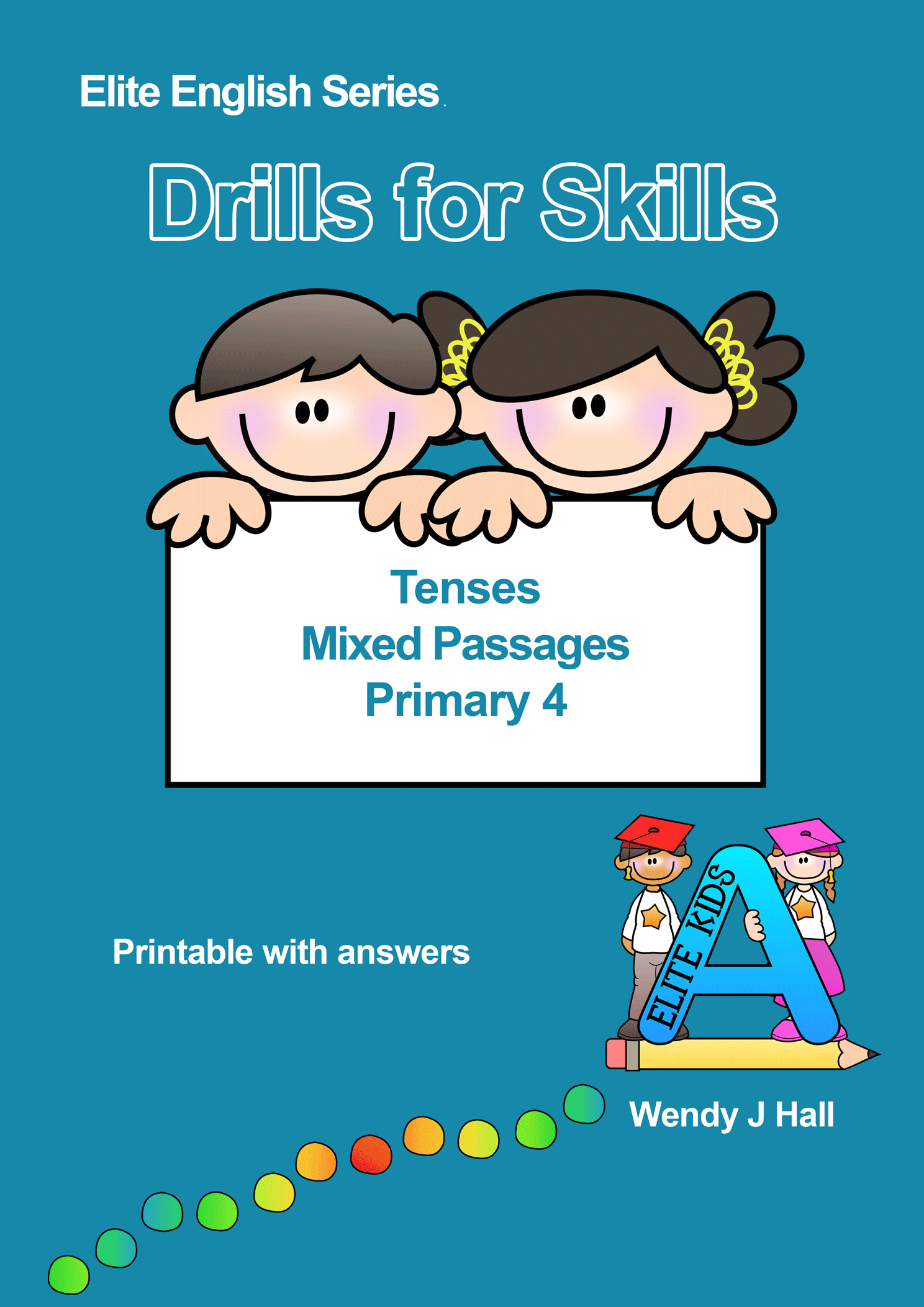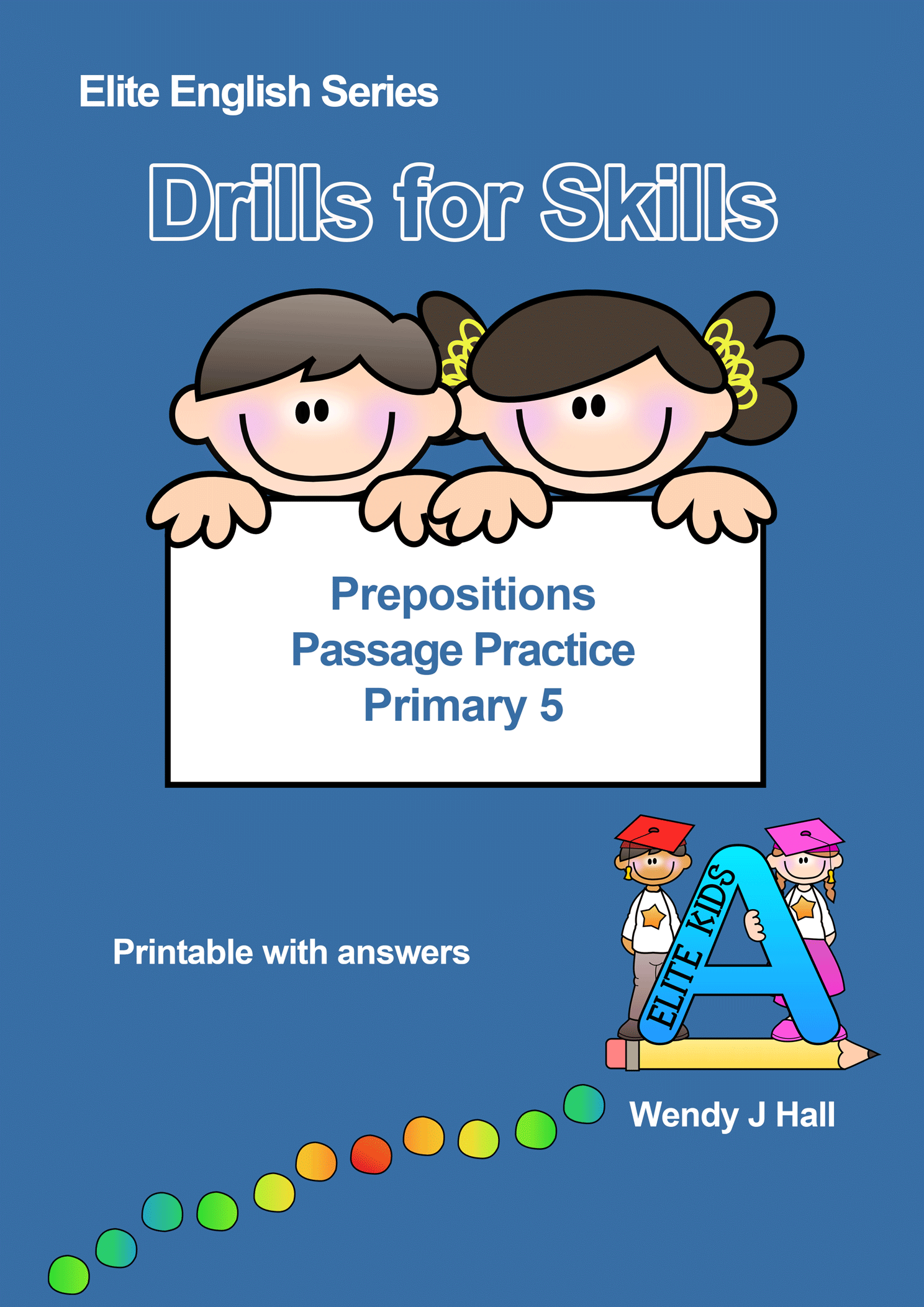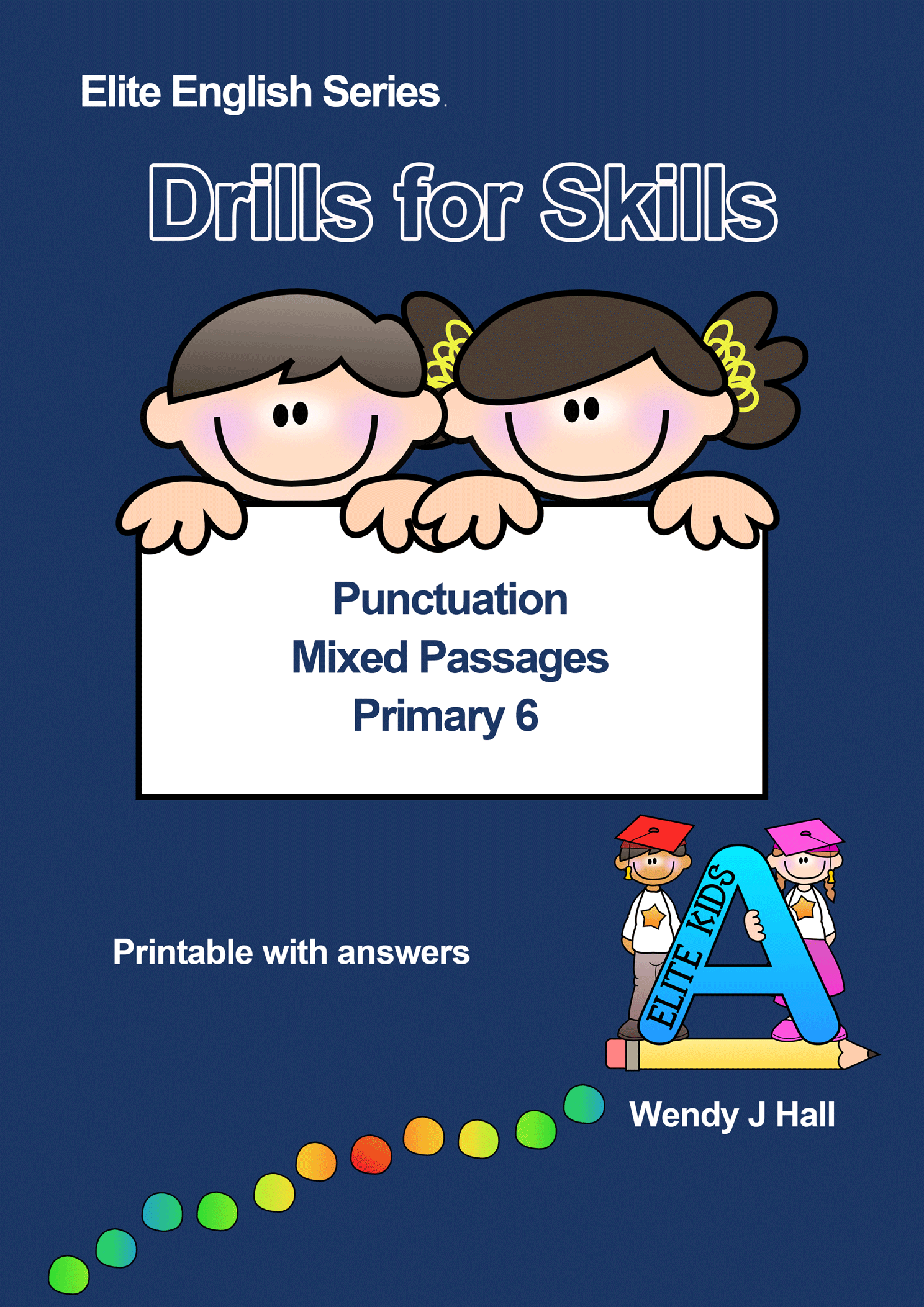Unseen Poems
Non-Hong Kong students: Please read on - this information and these materials are useful for anyone studying poetry - including native speakers.
Unseen poems are included in English literature exams all over the world.
Many students find they drop the most marks in this area. Poetry analysis is not difficult once some basic skills are mastered. When faced with unseen poetry, there are some steps that students can follow to help them understand the meaning and answer the questions.
The best way to improve skills of analysis for unseen poems is to practice. See below for tips.
10 Steps for analysing unseen poems in an exam:
Step 1
Look at the title and try to predict what the poem is about.
Look at the form of the poem. How many stanzas are there? How many lines are there in each stanza? Is the poem in a special shape? If so, does the shape mean anything? See the bottom of the page for an example of poem which has a special shape with special meaning.
Step 2
Read the poem 'aloud' to yourself in your head. Imagine you are reading it out loud (but don't actually do it or you might get into trouble). This is very important because it will help you to notice the rhythm and the rhyme in the poem.
DON'T PANIC IF YOU SEE WORDS YOU DON'T KNOW IN UNSEEN POEMS !
You can usually guess them by looking at the other words.
Step 3
Think about who the 'speaker' is? Is the poem written through the poet's eyes or is it written in the third person (he/she). These are the voices of the poem.
Step 4
Think about the main subject of the poem. You need to think about the setting and the situation.
Step 5
Look at the choice of words. Are they negative or positive? Are there any ideas that are repeated? This will help you to identify themes (such as nature).
Remember not to panic if there are words you don't know.
Step 6
Look at the rhyme and rhythm of the poem,
- Does the poem rhyme? What is the rhyming pattern? (e.g. ABAB or ABCB etc)
- Why do you think the poet has chosen this rhyme to express his ideas?
- Why do you think the poet has chosen this rhythm to express his ideas?
- Do the sound and rhythm of the lines seem light and bouncy, or do the lines move more slowly with heavy rounded sounds and a slow rhythm?
- Are the sounds and rhythms different at different places in the poem?
Step 7
Identify any poetic devices such as metaphors, similes and personification. How do they affect the meaning of the poem? Do they make it stronger?
Step 8
Look for imagery - descriptive language that 'paints a picture' in the reader's mind.
- What are the main images (pictures) the poet uses? Look closely for metaphors, similes and personification
- Which images are particularly striking? Why?
- Are there parts of the poem that ask you to use your senses of hearing, sight, smell, touch or taste?
Step 9
Look at the mood of the poem.
- What is the mood or tone of the poem? Does it feel happy, sad, angry, surprised or any other emotions.
- Is the poem trying to teach you something, persuade you, touch you,entertain you or whatever?
- How does the poet feel about the subject of the poem?
Step 10
Lastly, what message is the poem giving? Are there any deeper meanings? What can you learn from the poem?
How is the message conveyed?
What is your personal response to the poem?
- How did you react to the poem?
- Did it touch you?
- Did it make you think about an issue more deeply, or from a different point of view?
- Do you think the poem is effective? Why?
"I am soooooo touched by the thoughtfulness and recognition that you bestowed upon Anthony. I have to say your love and dedication for students is unfathomable, and I can see God's grace in how you steer your students through their challenges, pursuits and most importantly, difficult times. "
-Edna (Parent of 3 students)
"Education is not about filling a bucket, but lighting a fire! "
- William Yeats
